The Benefits of Regular Team Maintenance Check-Ups
We took a short family trip last weekend, and as usual, my husband had his round of small car check-up items. Windshield wiper fluid, tire pressure, full tank of gas. Check. While at times this totally irks me (mostly because the check happens 10 minutes after we were scheduled to leave the house), I’m appreciative of never having broken down because something small was neglected.
This reminded me of our work teams. Small maintenance and check-ins on the overall health of our teams, can prevent major breakdowns. The teams that are the most fun to work with and for, are those teams who regularly evaluate:
· How are we doing?
· What could we be doing better?
· What skills would help us be more effective?
· What reminders do we need about each other and our work to be an effective team?
Teams that leave these questions to chance, tend to find themselves in a constant state of minor to major repair. And just like our cars, which thrive when we do the little things like 50,000-mile maintenance, our teams need regular checkups.
Many organizations skip these checkups because they are costly. Investing in a teambuilding activity or a team learning event – no way, that costs too much! Not only are we out the money for the team learning event, we also lose productivity from the time away from our jobs. It’s a double-whammy loss.
That double-whammy loss may be felt in the very short-term, but the long-term payoff is significant. In a Return on Investment: Training and Development online learning module by Karen Kaminski and Tobin Lopes, they offer this formula for estimating the return on investment for training:
ROI (%) = Program Benefit / Cost
What would this look like for a learning event? Let’s say there’s a business writing class at a cost of $4000 for 25 students. The cost for each participant to attend is $160 ($4000/25).
If the average participant makes $50 per hour in salary and benefits, and the skills they learn from that session save them 4 hours a month because they write more clearly, succinctly, and they have less back-and-forth messaging with internal and external folks, the program benefit would be a savings of $200 per participant – a 25% ROI in the first month alone.
This example is clear cut. Other times, the ROI can be more difficult to identify, but it takes the shape of less time spent in unproductive conflict, in meetings rehashing previously made decisions, in managers who know how to effectively provide clear expectations and feedback.
While the numbers aren’t always hard and fast, the return on investment is. If you believe your team can’t afford the expense of teambuilding and training, I’d argue they can’t afford to not invest in the overall health of their team.
Training is the regular maintenance that keeps our teams from breaking down. It makes sure the full team has the functionality of a windshield washer fluid to provide clear vision, tire pressure to handle the bumps and wear and tear of our everyday work roads, and a full tank of gas to keep us moving forward.
Your challenge for the week is to keep track of a skill you’ve learned through a learning event, and estimate the amount of time it’s saved you over the past week or month. I’m confident you’ll see a strong return on investment.
Finally, I’d be remiss if I didn’t remind you team maintenance is our passion at Accent Learning and Consulting. If you’ve been contemplating a team or learning event, check out a few of the options we offer in our Learning Catalog.
Keynote speaker, trainer, and consultant, Sarah Gibson, helps organizations leverage the power of communication, teamwork and diversity to improve engagement and transform teams. To buy her book or inquire about her speaking programs, please visit www.sarahjgibson.com.



